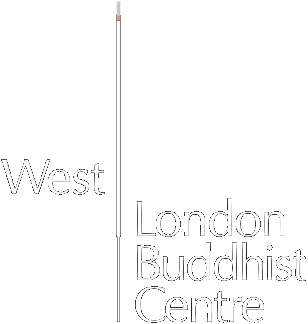How empty is empty?
Last week, the term ’empty’ was a part of Padmasambhava’s weather report. It’s a word we can talk endlessly about in Buddhism – which seems a bit ironic, to say a lot about something that isn’t there.
For an apparently ‘simple’ word, it certainly can take us down all sorts of dead-end paths. We might suppress the magic of being able to think or be aware (’emptying the mind’ in meditation) or lose the motivation to grow and change (if ‘self is empty’, then what’s the point of transforming myself?).
So what was the Buddha talking about when he advocated repeatedly for sunyata (Sanskrit, SHUN-ya-ta)?* He was not saying we should aspire to be non-thinking/non-feeling lumps. If that was the case, how could we also follow his appeal to be more aware, kinder, more compassionate, less reactive and more responsive?
Gradually, I’m seeing that what he was on about is not emptiness itself but empty from: from anger, craving, the desire to avoid what we don’t want to face (leading to all sorts of distractions, deluding ourselves). It is empty from that which causes more discomfort, more angst, more fear, more of what does not lead to kindness and simply seeing what is. And ultimately, empty from that which stops us from being free.
Perhaps the key is in Padmasambhava’s phrase ‘sky-like empty mind’. Cultivating a vast space (our mind) without craving, anger or delusion allows for those qualities which will arise to disperse and disappear. They have nothing to cling to.
Result: a beautifully ’empty’, sunshiny day.
With a bow
Maitripushpa
*including the Lesser and Greater discourses on emptiness (MN121 and MN 122)

